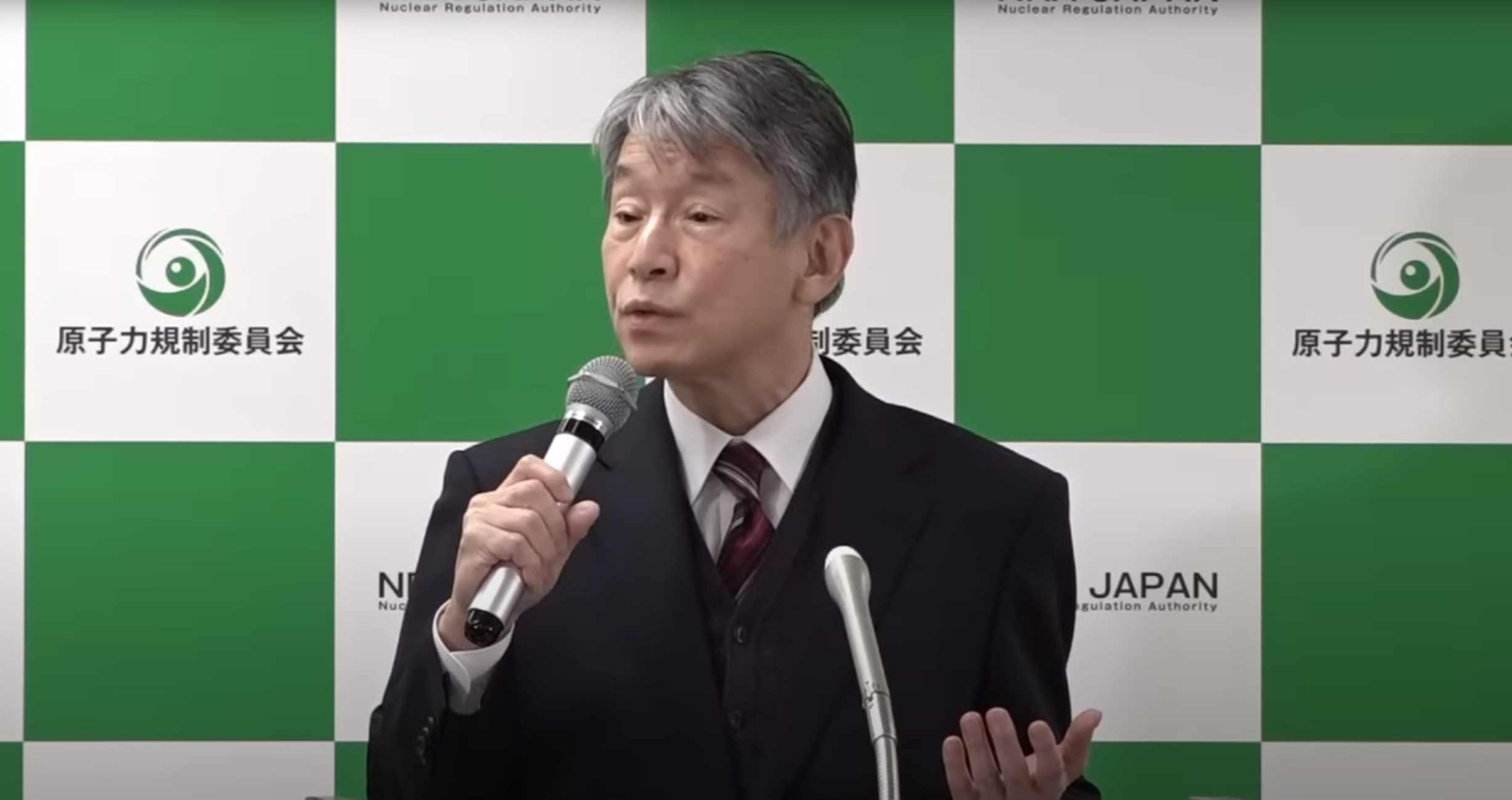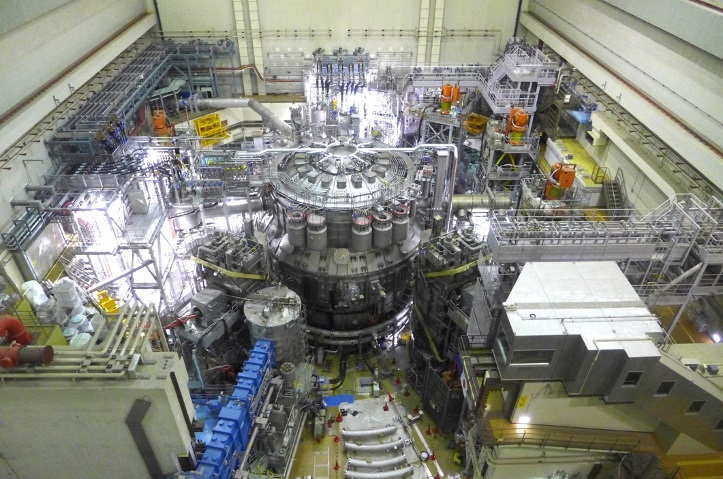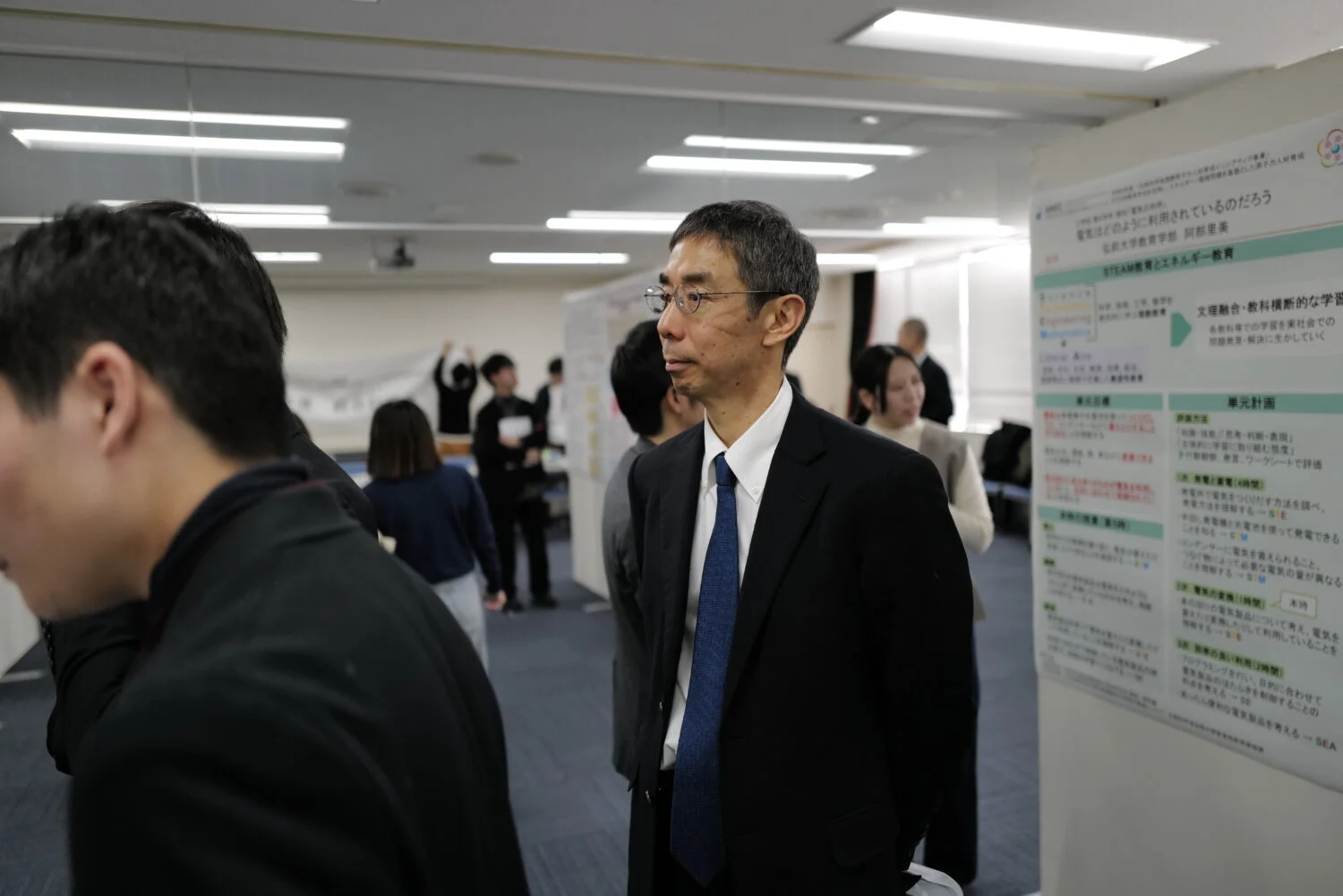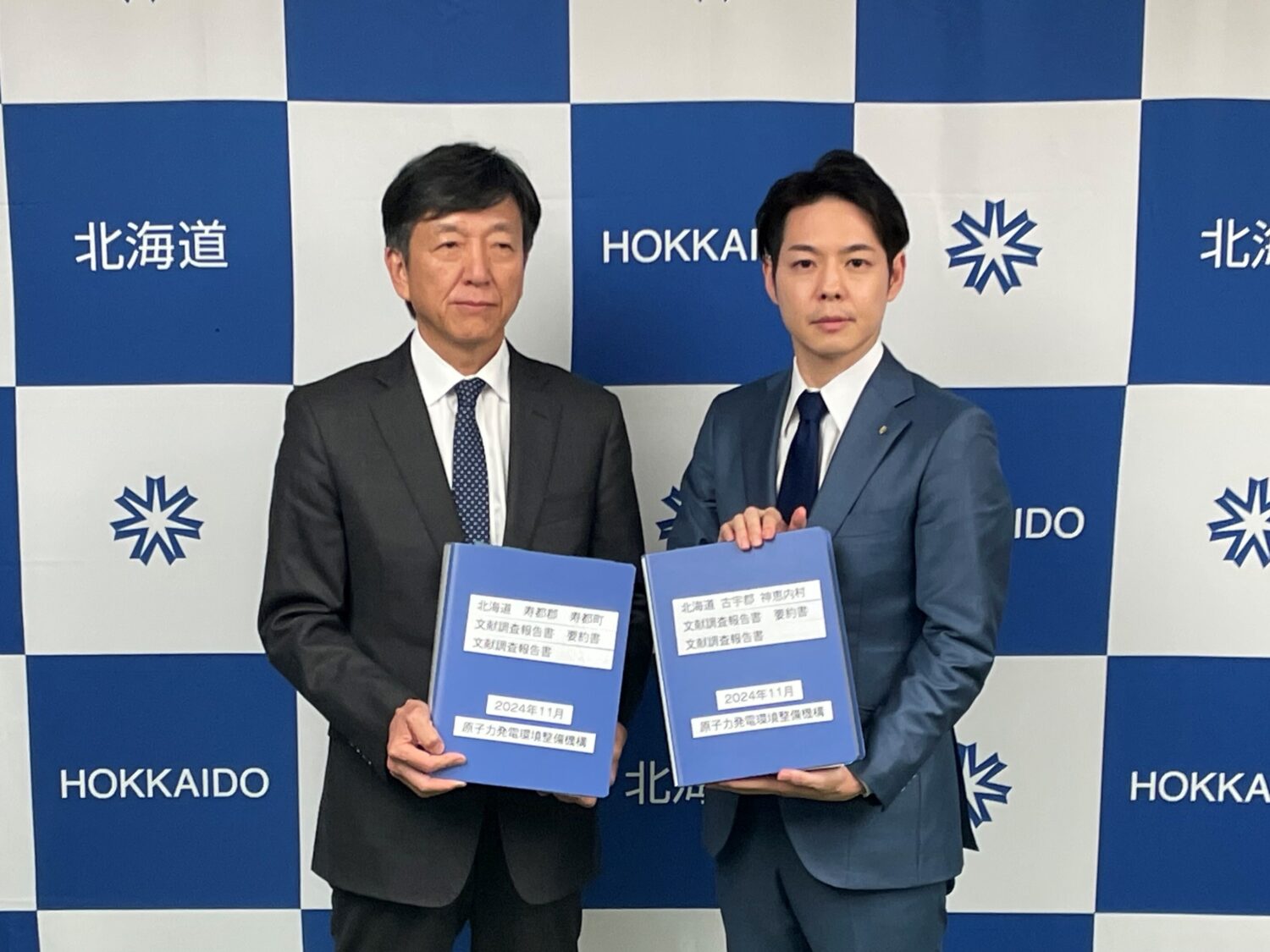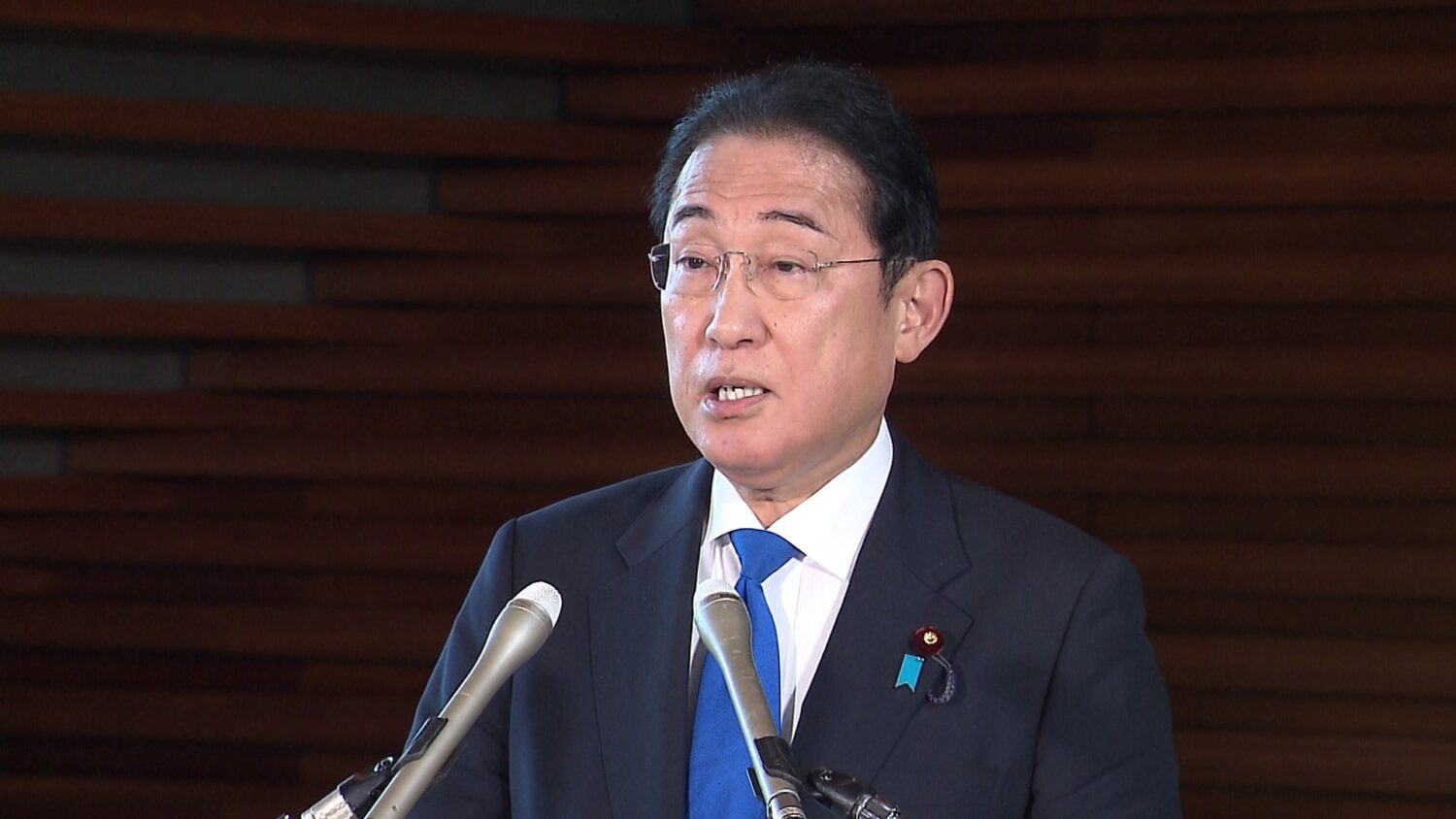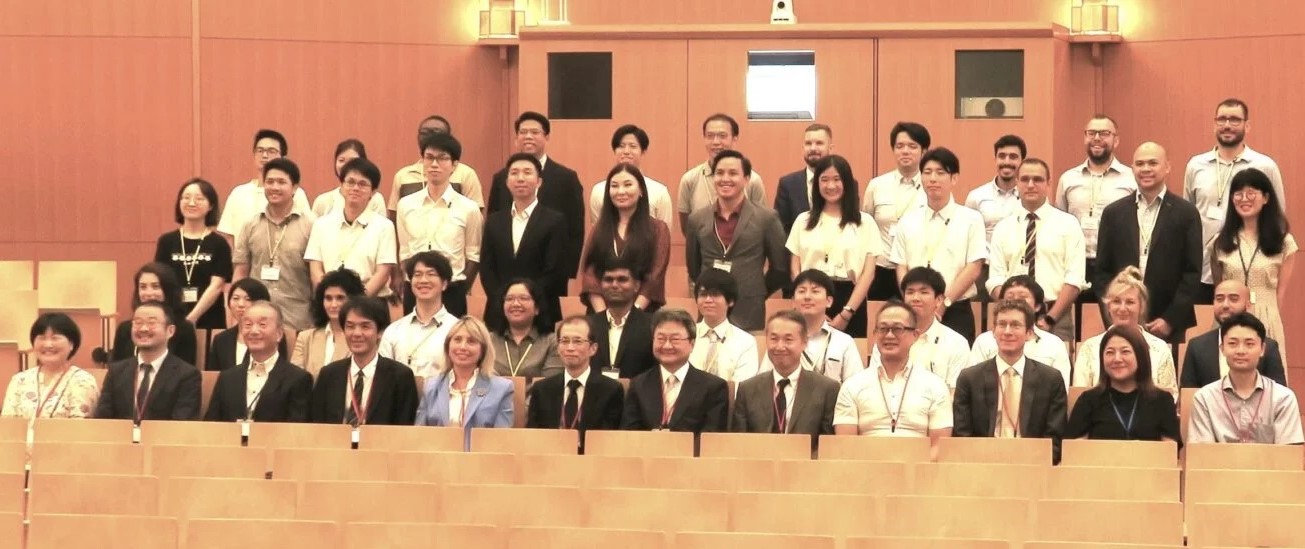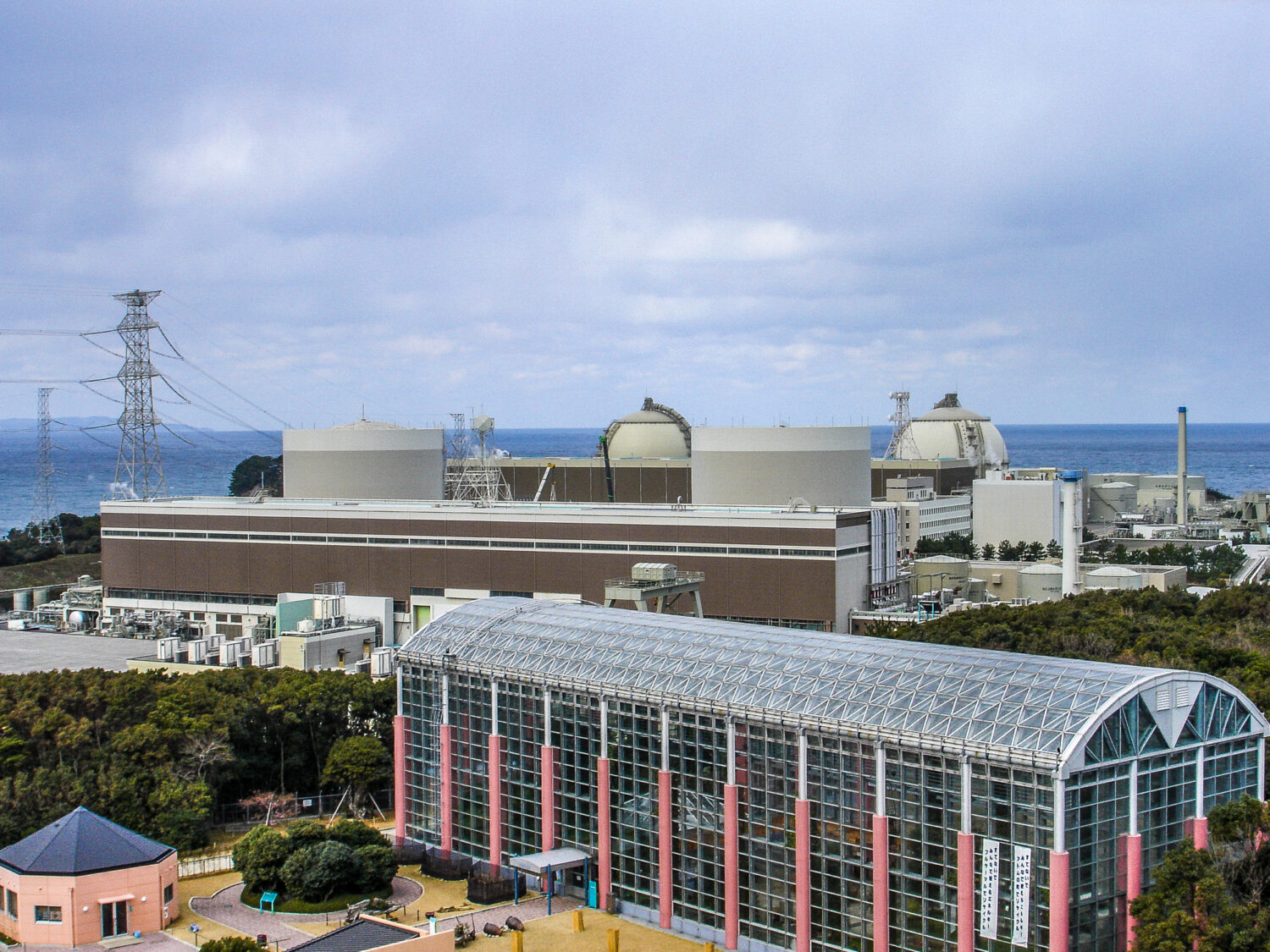The Kishida Administration, inaugurated last fall, is working toward the issuance and promotion of what it calls a “clean energy strategy”—namely, climate change measures leading to growth—as the way to achieving carbon neutrality by 2050.
Similarly, the Ministry of Economy, Trade and Industry (METI) has established a GX Subcommittee under the Industrial Structure Council, and launched a series of joint meetings in December 2021 with the Advisory Committee for Natural Resources and Energy to deliberate toward issuance of a clean energy strategy.
There have been 7 such meetings so far, hearing opinions from people in related ministries and agencies, in industry, and in think tanks.
The proposal by Keidanren is in response to recent movements surrounding GX. In the introduction, Keidanren Chairman TOKURA Masakazu states, “Domestic and overseas environments affecting GX, including price hikes for energy resources and the Ukraine-Russia situation, are changing day by day,” adding that continual revisions will be made to the proposal.
Regarding the GX Policy Package, the proposal asks the government for a clear roadmap, specifying technologies, investment amounts and policies for social implementation of technology, and to create a GX realization conference as a cross-ministerial headquarters.
It also identifies 8 policies to be pursued, including a shift of the energy supply structure, the active promotion of nuclear power, the development of innovative technology (primarily on the side of energy demand), and the promotion of electrification.
As for nuclear power, data are presented showing that even if operating lifetimes of existing nuclear power plants (NPPs) are extended to 60 years, installed capacity will be quite small in 2040. They also show that by 2050, the nuclear share of the energy mix will be far less than 20% (despite being set at 20–22% in the energy supply-and-demand outlook for 2030.)
The proposal says the government must not only consider the operation of NPPs beyond 60 years and pursue the development of innovative LWRs with enhanced safety, but also present a policy for constructing new NPPs—including small modular reactors (SMRs) and high-temperature gas-cooled reactors (HTGRs)—which could be utilized to produce hydrogen.
Regarding the decarbonization of thermal power plants, the proposal says that there will be a shift to LNG and other low-carbon fuels toward 2030, and that inefficient thermal plants will be shut down in order to lower dependence, based on the fundamental assumption of “S+3E” (safety plus the conventional three E’s of energy security, economy and environmental protection).
For the social implementation of decarbonized thermal power toward carbon neutrality by 2050, innovative activities will be carried out that involve the exclusive combustion of hydrogen and ammonia and CCUS (CO2 capture, utilization and storage).
The proposal also includes a prospective picture of an economy in which both the GX policy package has been implemented and carbon neutrality has been achieved by 2050. Trial calculations show a real GDP in 2050 of JPY1,026.8 trillion, an increase of 91% from 2019.


